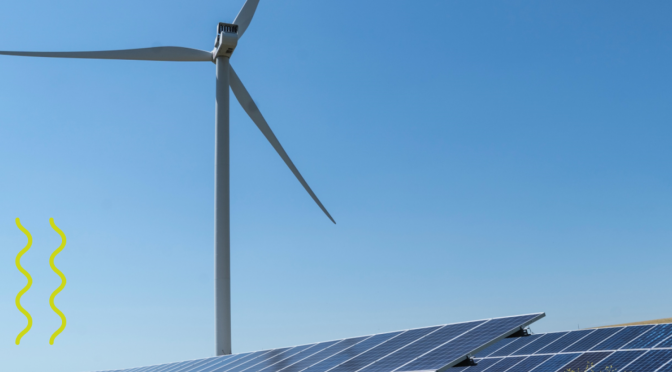Kyrgyzstan, a landlocked country in Central Asia, is blessed with abundant renewable energy resources, including hydro, solar, and wind power. As the country aims to diversify its energy mix and reduce its dependence on fossil fuels, the potential of renewable energy sources in Kyrgyzstan’s energy market is becoming increasingly evident. The government’s commitment to promoting clean energy and attracting foreign investment in the sector has created a favorable environment for the development of renewable energy projects in the country.
One of the key factors driving the growth of renewable energy in Kyrgyzstan is the country’s vast hydropower potential. With over 80% of its territory covered by mountains, Kyrgyzstan has significant hydropower resources, estimated at around 142.5 billion kWh per year. Currently, hydropower accounts for about 90% of the country’s total electricity generation, with the majority of it coming from large-scale hydropower plants. However, there is still considerable untapped potential in small and medium-sized hydropower projects, which could contribute to the country’s energy security and help meet the growing demand for electricity.
In recent years, the Kyrgyz government has taken several steps to promote the development of small and medium-sized hydropower projects. In 2013, the government adopted a law on renewable energy, which provides a legal framework for the development of renewable energy projects and offers incentives such as feed-in tariffs for electricity generated from renewable sources. Moreover, the government has established a dedicated agency, the State Agency for Renewable Energy and Energy Efficiency, to oversee the implementation of renewable energy policies and support the growth of the sector.
Apart from hydropower, Kyrgyzstan also has significant solar energy potential, thanks to its high altitude and sunny climate. The country receives an average of 2,500 to 3,000 hours of sunshine per year, which translates into an estimated solar energy potential of 5.3 billion kWh per year. Despite this potential, solar energy currently accounts for a negligible share of Kyrgyzstan’s energy mix. However, the government has recognized the importance of harnessing solar power to diversify the country’s energy sources and reduce its reliance on hydropower, which is vulnerable to climate change and seasonal fluctuations.
To tap into the solar energy potential, the Kyrgyz government has initiated several solar power projects in recent years. In 2017, the country’s first solar power plant, with a capacity of 1.2 MW, was commissioned in the southern region of Batken. Moreover, the government has plans to develop additional solar power plants with a combined capacity of 30 MW in various regions of the country. These projects are expected to attract foreign investment and create new opportunities for local businesses and communities.
Wind energy is another promising renewable energy source in Kyrgyzstan, particularly in the country’s mountainous regions, where wind speeds are high and consistent. The estimated wind energy potential in Kyrgyzstan is around 1.6 billion kWh per year. Although the development of wind power projects has been slow so far, the government has recently shown interest in promoting wind energy as part of its renewable energy strategy. In 2018, the country’s first wind power plant, with a capacity of 1.5 MW, was commissioned in the southern region of Osh.
In conclusion, Kyrgyzstan’s abundant renewable energy resources, coupled with the government’s commitment to promoting clean energy, present significant opportunities for the development of renewable energy projects in the country. By harnessing its hydropower, solar, and wind energy potential, Kyrgyzstan can not only diversify its energy mix and enhance its energy security but also contribute to global efforts to combat climate change and promote sustainable development. As the country continues to explore the potential of renewable energy sources in its energy market, it is poised to become a regional leader in clean energy and a model for other countries in Central Asia.


